

Rob99fla
-
Posts
119 -
Joined
-
Last visited
Content Type
Profiles
Forums
Events
Gallery
Blogs
Store
Posts posted by Rob99fla
-
-
1 hour ago, Awayonmyboat said:
Thanks for the feedback. It's good for the positive comments since I took the plunge earlier in the week and bought one. Fitted it yesterday and first impressions are positive. It fitted in easily in place of the failed Webasto (uses exactly the same mounting bolt holes and was relatively easy to adapt all the connections) and appears to work well.
The only problem in having at the moment is with the controller in that I can't access the thermostat function. It could be my lack of familiarity but if I don't succeed over the weekend I'll contact Autoterm and see what they say.
Mines been fitted in 2019. Not a single problem in all this time. Brilliantly piece of kit. If I can help, let me know
-
It’s my boat. The silencer is welded at the edges. There is no drain hole. The clamps don’t leak exhaust gasses. The silencer is in the engine bay. A top technician from Autoterm visited the installation as the heaters were in their infancy in 2019. He was complimentary about the standard. The boat safety inspector inspected the installation at the last safety check and was very happy. I’ve never seen a narrowboat with the silencer mounted externally either. We run the heater everyday and I there is no exhaust leaking from anywhere except outside the skin fitting. The boats diesel engine silencer is in the same engine bay space so you suggest this silencer is moved to the outside of the boat too? So, it’s probably best to mind your own business and concentrate on your own boat (if you have one!)
-
 3
3
-
-
On 11/03/2020 at 17:41, JamesFrance said:
The final details have not been decided yet but they seem to be on top of it.
A good find explaining the situation clearly. It might stop some people harking on about diesel generators producing electricity. It’s about diesel heating. A separate tank for the heater shouldn’t be too difficult for a competent DIY’er but will red diesel be available any more to boaters. We will have to wait and see. Someone told me that red diesel is basically heating oil these days. I know my new Planar (Now Autoterm) 5S runs beautifully on the red diesel I buy
-
That’s just what I thought ?
-
7 minutes ago, Chewbacka said:
Camper vans (in the main) have for years used white diesel, and can have a separate tank for red for heating. So for them nothing changes. Until recently boats used red for everything and so were built with a single tank. HMRC accept that many people live on their boats and it is government policy to not charge high rates of VAT and duty on domestic heating. HMRC also accept that for many existing narrowboats fitting an additional tank is not reasonable (space, cost etc), so have undertaken to come up with a scheme to allow these boats to continue to be able to heat their boats with ‘lower cost’ fuel. They recently did a consultation about this, so probably they will not do another. Interesting to see what they come up with.
Agree with all of that. As I mentioned in another reply, boats make up a tiny proportion of the total 15% red diesel use. It might just be a simple fixed 60/40 as some suppliers do anyway. Anyway, it’s not until April 2022. It’s aimed at the construction industry which will lose between £280m and £490m a year (Civil Engineering contractors association figures)
-
14 hours ago, john6767 said:
I though this was going to come in in 2022, will your tank full last until then.
Correct. It says April 2022 to allow industry to adapt. As far as I have read, red diesel accounts for 15% of total diesel use. I imagine boats make up a tiny proportion of this.
-
16 hours ago, TheBiscuits said:
The small print that everyone is ignoring:
Red diesel: Prohibition of use for propelling private pleasure craft – Private pleasure craft already pay the standard white diesel rate for propulsion. They will still be entitled to use red diesel for their heating use. Where they have one tank for propulsion and heating, the government will explore options that prevent them from having to pay a higher rate of duty on their heating use than they would otherwise have to pay. Details on the implementation of this power will be set out in due course.
https://www.gov.uk/government/publications/budget-2020-documents/budget-2020#budget-policy-decisions
I can see the only real solution is a separate tank for your diesel heater/stove. If it meant being able to use red diesel for heating (which we use at 100% as we are on a static mooring and not moving at present), I would fit another plastic tank. Using white diesel to heat your boat all winter would cost a fair bit more (about 40%?) Interestingly enough, camper vans fitted with diesel heaters use white road diesel and I haven’t heard anyone complain (yet)
-
57 minutes ago, mick55 said:
I have installed eight of these units, they are extremely good if fitted correctly, looks like you took the advice on board, lag the rest of the exhaust, this will keep the exhaust system compliant with BSS regs.
Yes, its working well. I have fitted a heat shield to cover the top of the exhaust now as its close to the piece of flooring. Might put a bit more lagging in time for BSS check next July
-
Hi. I’ve just fitted a Planar Binar 5S-12TM to replace an old failing Mikuni MX40. The old pipe work was all 15mm so I’ve replaced in 22mm from the heater to where it splits to the fin rad and calorifier circuit. I’ve also fitted the expansion tank as 2 pipe tank on the return. I got this idea from an Eberspacher guy, Peter Collard. This is the link giving good tips on heating design for boats (https://www.canalboat.co.uk/canal-boats/maintenance/how-to-make-sure-your-narrowboat-is-heating-up-properly-1-4822255) Anyway, back to the Planar Binar 5S. It started up fine once the fuel comes up the line from the pump. The heater is modern and quiet compared to the old Mikuni MX40. The fuel pump is a bit loud, especially at 7am when ou r boat is silent as we sleep. It sort of thumps at first until it gets going. I might sound proof if a bit. You can buy a new silent pump. If you buy the kit, I would specify this addition. The heater is very well built and looks very solid. Also, it requires no servicing except being run for 30 minutes every week or so. Finally, the spares are far cheaper than the Mikuni MX40 and I suspect Webasto or Eberspacher too. Am I happy. I should say so. It cost £650 including every bit you might need to install plus I bought the Smartphone modem for £99 so I can control from my phone using their app. See my pics of heater installed. PS I’ve now changed the water pump to the return pipe on advice from Planar Heaters Uk and now fitted copper fuel pipe in case any eagle eyed points out I’ve used nylon pipe
-
 1
1
-
-
1 hour ago, Ray T said:
LP Workshop Manual Wiring Diagrams 20II.pdf 1.11 MB · 4 downloads
Thats great. Its what we need. Thanks so much. Rob
Go to Section 10 for marine engines.
1 hour ago, Ray T said: -
I need a wiring diagram for a Lister Petter LPWS3. I am helping a friend who has just fitted a Lister Petter LPWS3 engine in his boat after the old Vetus engine failed. The new engine has done less than 200 hours from new as it came from a lifeboat. The company who supplied the engine supplied a basic control panel but no diagram. Anyone have the wiring diagram? I have managed to get the manual but the wiring diagrams are on later pages not included on any downloaded version I can find. Any help with a diagram would be greats the engine is nearly ready to power up.
-
On 04/03/2018 at 19:09, Tony Brooks said:
If you are never charging them properly then never, that is what some of us are trying to say. You claim you are but your data suggests not unless you had a faulty set of batteries. You seem to think that you did and you may well be correct but I await your progress reports with great interest.
Thought I’d give an update now it’s been over 6 months since I fitted the 4x new US2200 batteries. Just to say, the batteries are performing very well. As time has passed, they have actually got better. We’ve replaced the 240v fridge with a 12v Inlander and added another 100w solar (total now 400w) and beefed up the solar controller to battery cables. All I can say is that the previous woes of the 4x Halfords 115ahr are over. Over the summer, I’ve not needed to run the engine unless I need hot water when moored up for a few days. Even with the Mikuni running (it’s getting cooler now), inverter on and everything charging (phones,iPad etc), I’ve never seen the battery voltage drop below 12.25 volts under load. Even with a whole evenings TV (240v), the batteries never read below 12.4 in the morning. Any, suffice to say, they done the job for our boat. Hope this helps anyone thinking about fitting US2200 batteries. Yes, I know T105’s are very popular too but I chose US2200 as like to be a bit differently.
-
 2
2
-
-
Don’t think they had much choice. Our anodes were fizzing away so they wanted us out. It was voluntary to go though
-
4 minutes ago, Dave 2 said:
Being from Liverpool we had a look at the boats trapped in the Royal Albert Dock every seemed happy, how long was your crossing and what extra precautions did you have to take?
We had a great time in Salthouse Dock, being there for 4 weeks but were ready to leave in the end. We had an experienced commercial operator in a launch type boat to lead us across from Brunswick lock to Eastham lock. Boats were all safety certified, for the Manchester ship canal really but useful. We had to block off low skin fittings, that’s all. Life jackets of course. The crossing was fine but we had to wait outside Eastham lock for 1.5 hours with the wind picking up. A bit scary but we’re all fine. Five more went across safely yesterday too. Really glad we’ve done it as not many can say that on a narrowboat! Glad to be travelling again. Bye the way, the Manchester ship canal was easy. Just like a river really. Followed the oil tanker guided by two tugs, back and front, down the canal. It was 119 metres long!
-
On 22/06/2018 at 20:13, Rob99fla said:
Just to add to this post. We are one of the boats marooned in Salthouse Dock, Liverpool. Two weeks and counting. Not getting bored as spending time watching my anodes fizz. It’s actually very nice here. Plenty to do and see in a great city and moored on a secure mooring with facilities. However, we have organised an escape committee as we don’t want to stay for the winter! To be fair C&RT are being very helpful. Please don’t mention the logo ha ha!
We have crossed the Mersey late Friday afternoon in a convoy of 5 boats. Now on the Shropshire!
-
5 minutes ago, dmr said:
Lucky you, I would love to get stuck in Liverpool for a couple of months. We were due in next week so the breech came a bit too soon. Easy train journey to a lot of good beaches if you like long waterfront walks. Are you planning to escape over the Mersey?
.................Dave
It’s been spoken about in hushed tones...depends if we can get past the C&RT sentries! Actually we think it’s great and so sorry you missed out. Big change of plans this summer but we live aboard so not too worried and it’s a cheap way of living in Liverpool
-
Just to add to this post. We are one of the boats marooned in Salthouse Dock, Liverpool. Two weeks and counting. Not getting bored as spending time watching my anodes fizz. It’s actually very nice here. Plenty to do and see in a great city and moored on a secure mooring with facilities. However, we have organised an escape committee as we don’t want to stay for the winter! To be fair C&RT are being very helpful. Please don’t mention the logo ha ha!
-
1 hour ago, nicknorman said:
It’s a public forum to which anyone can contribute so you have to take your chance and just ignore unhelpful advice! You have repeatedly typed amps when you meant amphours and this doesn’t help people to think you fully understand all the technical terms. Especially when you could type AH, which is fewer letters!
Anyway, your specific question has been answered a couple of times, the rest is just people trying to be helpful with varying degrees of success!
Yes the default tail current on the BMV is 4%, ridiculously high. You have reduced it to 2% but that is still on the high side IMO and you can expect some sulphation to accumulate long term, which you should monitor for and fix by equalisation when the cells’ fully charged sg doesn’t get to the manufacturer’s spec by 0.030 or so (temperature corrected, or course).
I don’t think the 2% setting is the reason for the halfords batteries demise, my experience with that type of battery is that they are intrinsically rubbish. But now you have batteries with the capability of lasting much longer, it becomes more important to fully charge because they will (hopefully) have much longer to accumulate slow sulphation. If you can continue the charge and reach 1%, or even 0.5% then clearly it wasn’t fully charged at 2%. Perhaps you should consider sticking with your 2% for most charges, and then perhaps once a week taking it down to 1% or lower (which takes a lot longer). Of course, with the summer coming and your solar, it will be easier to prolong the charge provided your solar controller doesn’t go to float too soon.
These sort of batteries do use water and I would say that if they don’t need topping up every few months, they are not being charged hard enough.
Your absolutely right. Perhaps I was being too picky on the (moaning!) post. There are some very knowledgeable people on here (yourself and others) who I can learn more from and appreciate the good advice. I will ignore the unhelpful comments. I sometimes even wonder is some advising even have a boat! I have no intention of ‘rubbishing’ my new batteries. I have bought a decent hydrometer with temp adjustment as I believe the only totally reliable test is the cell SG. With the quick release caps and easy accessibility, I can check the SG often. I have the software fit the Victron solar controller so can make sure absorption charge is long enough. Thanks again for the help and advice
-
 1
1
-
-
23 minutes ago, nicknorman said:
A point trying to be made to you is that, whilst you do seem to gnenerally have the right idea about battery charging, you don’t seem to understand the units involved. OK it isn’t going to affect the actual situation but if you use the wrong units when discussing problems with other people, confusion will reign. Imagine if you were discussing a trip,and you kept saying “miles”when you meant “hours”.:It would be really confusing and could result in wrong advice.
Battery capacity and the amount of charge used say in a day, is normally measured in amphours. Instantaneous current is measured in amps. Amphours and amp are completely different concepts and if you use the wrong one, there is plenty of scope for confusion and it also tends to make people think you don’t know what you’re talking about. You might as well say you take 90-100 apples out of your battery each day, it would make the same degree of sense! (ie none!).
Of course I understand amp hours. It’s just the way I abbreviated it. The BMV shows amp hours used since last fully charge. The BMV assumes full charge with a tail current if 2% (I set this to 2% from default 4%)
There’s a lot of negativity in this forum making assumptions people don’t understand voltage, amps, amp hours. Sometimes it’s just a mid type and sometimes people don’t read the original post properly! The original question was how long to get new batteries to maximum capacity (cycles). I’ve spent a year or more studying every aspect of battery maintenance and fully understand all the technical terms. I’ve read plenty of posts that standard leisure batteries are not heavy duty enough so I’ve upgraded to 6v semi traction batteries like knowledgeable people advice so why’d everyone trying to rubbish everything I say!
-
25 minutes ago, Tony Brooks said:
The bit in red raises some concerns. I hope that you switch between the panels and controller so you really are turning the PANELS off. If you switch between the controller and batteries it goes against every controller instruction I have seen that makes great play about connecting the batteries before the panels to prevent the controller auto-sensing an incorrect battery voltage. In your case if it did I doubt it would be catastrophic because if the. controller set itself to 12V then it simply would not charge, but if you had a 12V system that set itself to 24 volts there would be battery trouble.
I have a switch between the panels and solar controller
-
31 minutes ago, Tony Brooks said:
I am going to assume that the 9-100 amps per day really means 90 to 100 Amp hours per day, otherwise that statement is meaningless. Your two strings of US2200 batteries gives a total capacity of 464 Ah which is well within the often quoted "rule of thumb" that a battery bank needs to start with four times the capacity of the daily consumption so that is good and with daily charging you are unlikely to be over discharging them. However with that consumption and a 100Ah daily load I think the 12.1 rested volts before recharging suggest that you were so one of the following applies:-
1. The bank was well sulphate so it had a much lower capacity.
2. You did not recharge every day.
3. You are actually using more than 100Ah per day or between charging periods.
4. The bank was faulty and self discharging at a rapid rate.
5. The bank of Halfords batteries had a lower capacity than the US2200s.
6. The 12.1 (now 12.2) rested volts was artificial raised by the solar setup so the true rested voltage was much lower.
Of course you may well be correct that the Halford batteries are/were rubbish and if so you have your answer about how many cycles but in view of the Sp. Gr. info you gave usI would keep a very close eye on when you take the rested voltage and try to mrecharge every day.
Thank you for some good advice. We are off next week with the new batteries fitted. I will reset the BMV and keep daily notes of amps used and morning rested voltage (I can switch solar panels off easily). I’m soon to fit another 100w solar. Anyway, the US2200 upgrade only cost £150 in the end after a refund on the Halfords and I did have 18 months from them. Thanks again
6 minutes ago, Mike the Boilerman said:This point in particular crossed my mind as the possible cause of the problem. Can the OP clarify how he is taking the rested voltage of 12.1 please? To do it correctly I suggest he needs to have disconnect all loads AND the solar for an hour before taking the reading.
In addition could he clarify his meaningless “9-100amps” daily consumption figure please?
I already have a Victron BMV. It was 90-100 amps. I can switch solars off easily. I turn off inverter and wait a while, perhaps not one hour
-
1 minute ago, mrsmelly said:
Only after he had tried three sets first!!

Its the law you know. Once you have Halfords batteries, you have to try three sets to win your money back!
-
 1
1
-
-
1 minute ago, bizzard said:
I claim to be the biggest ijit on ere.

No. its now me. Even with a lifetime with BT and my own security company (12v systems), I clearly have no understanding whatsoever about 12 volt systems. Well, we both don't it seems!
3 minutes ago, Keeping Up said:I also used to get 3 or 4 years from Exide and early Elecsol batteries. Without changing anything else I also got only a couple of months from a set of Halfords batteries and got a full refund from them.
Recently I've struggled a lot more to get decent life from batteries despite a charging routine that to me seems reasonable. Mainly I blame the way the manufacturers now add calcium to prevent gassing because that very gassing helps prevent sulphation.
I've just become resigned to getting short life from my batteries whatever I do.
At last! Someone else who had the same problem. Did you upgrade to better batteries?
-
Just now, system 4-50 said:
You are frustrating the house robots! They like to have something to get their teeth into and you are failing to supply them with a problem they can recognise!
Haha! Probably right
Just now, Naughty Cal said:What have you changed on the boat in the last 18 months?
Nothing. In fact, got rid of microwave. Changed the 240v fridge for a new one of slightly lower consumption.

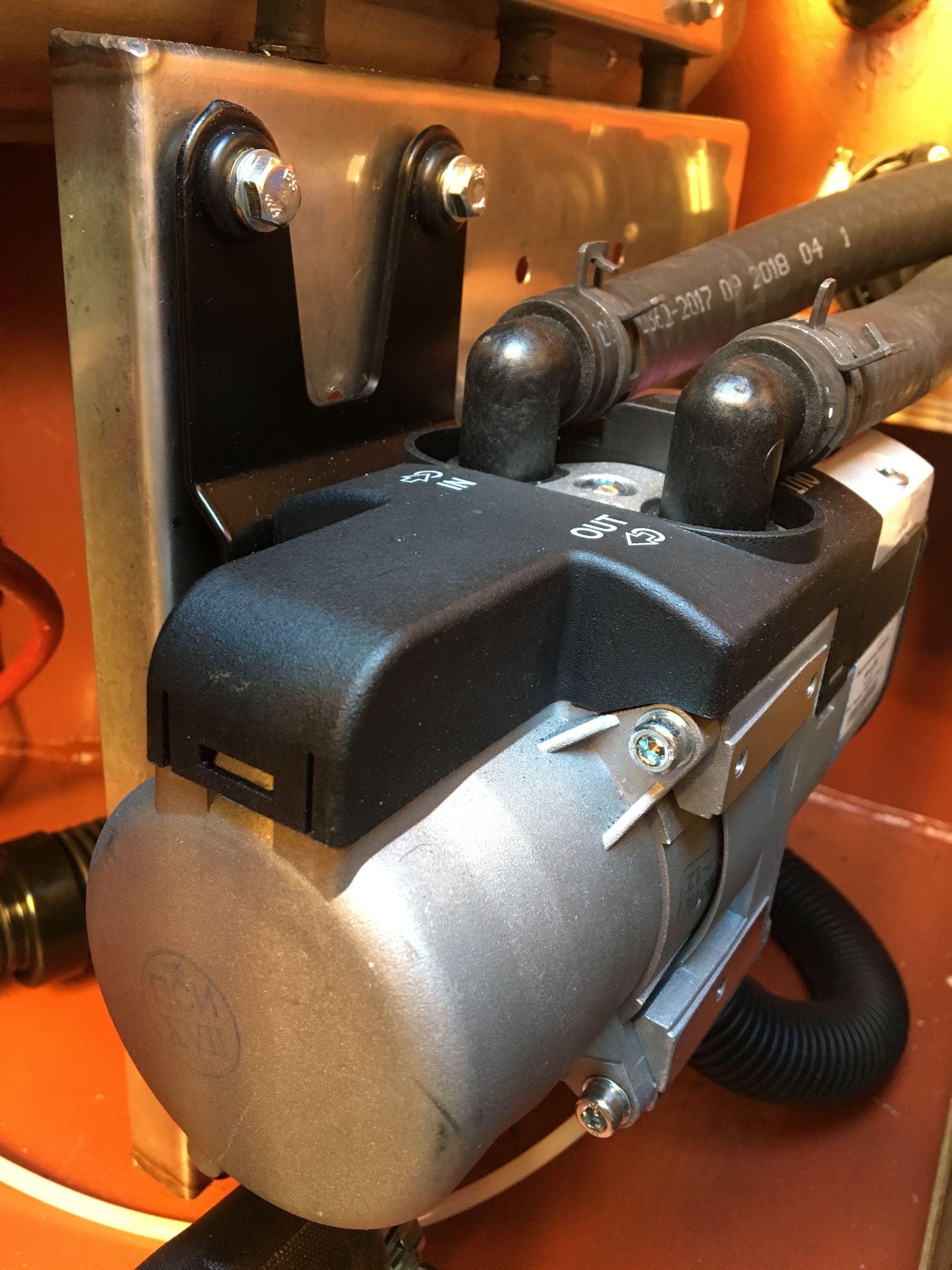
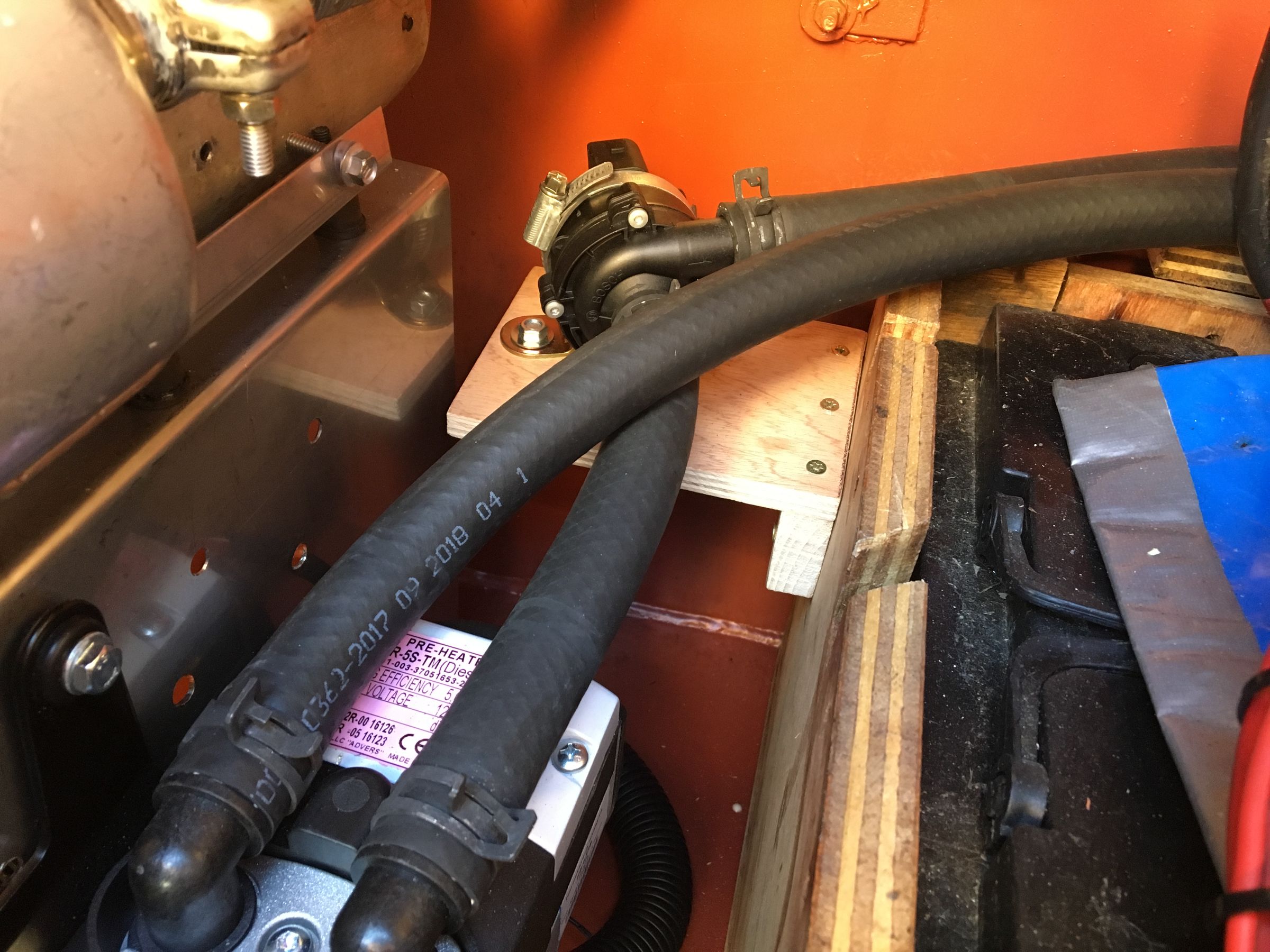
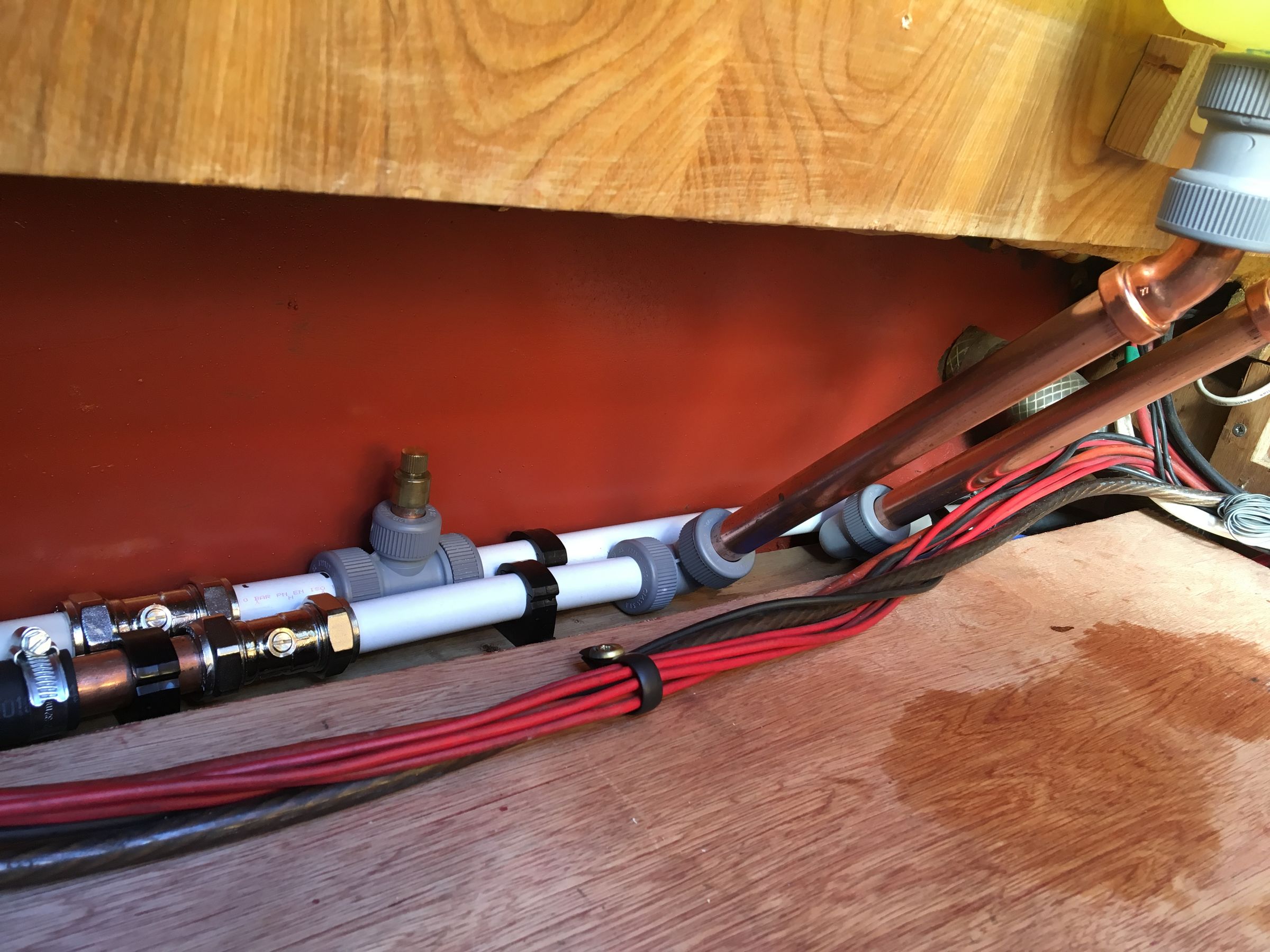
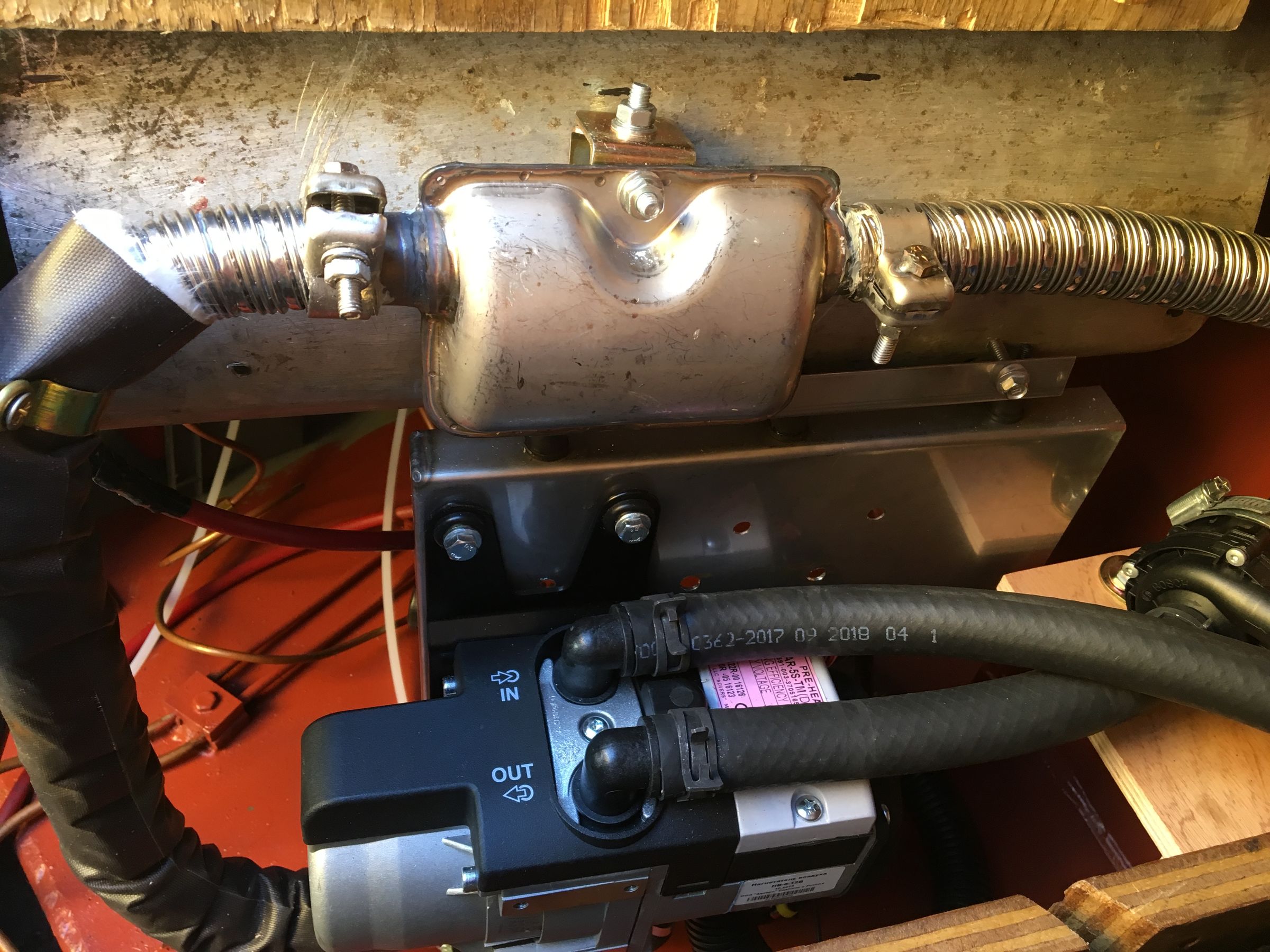


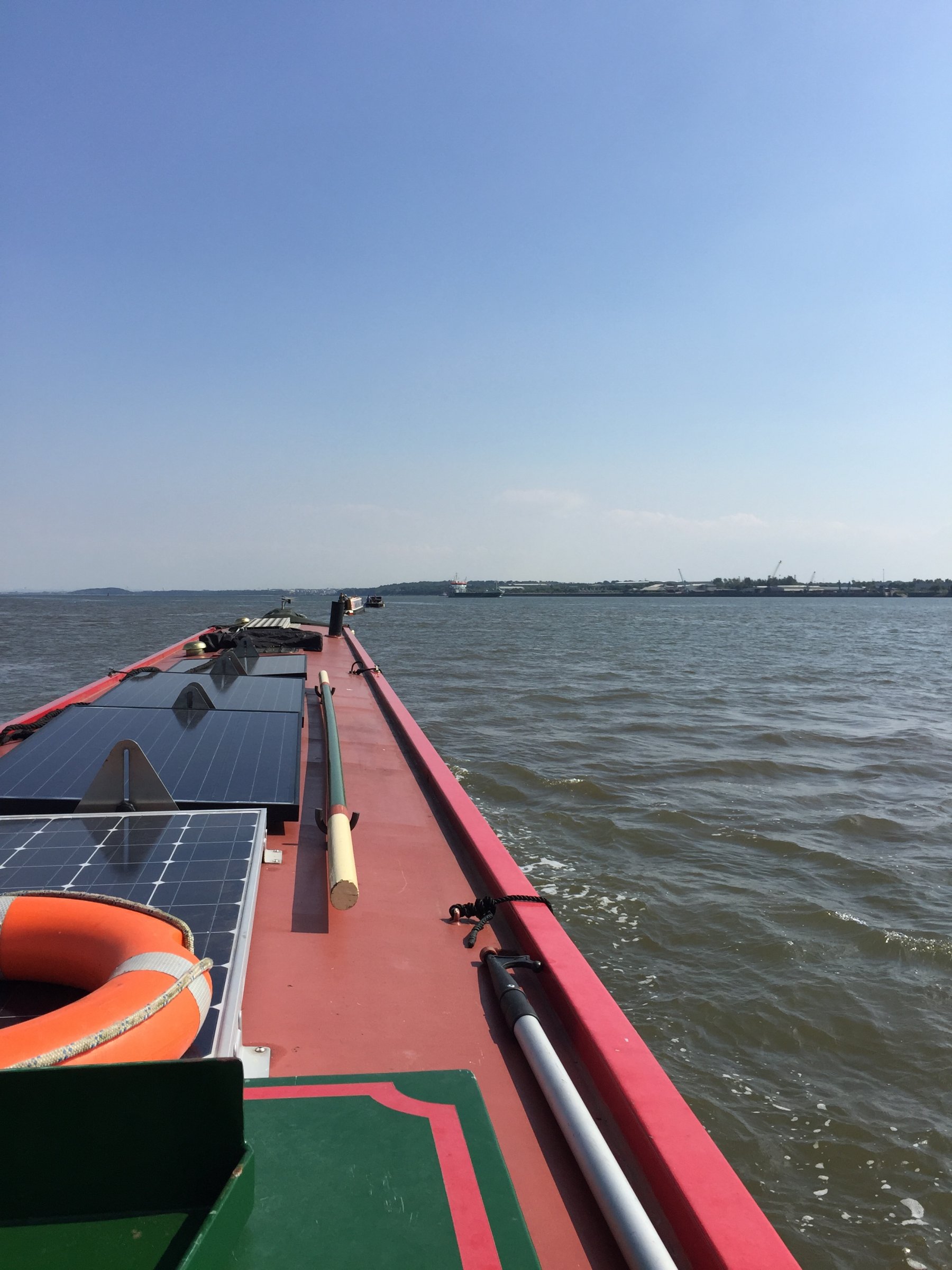
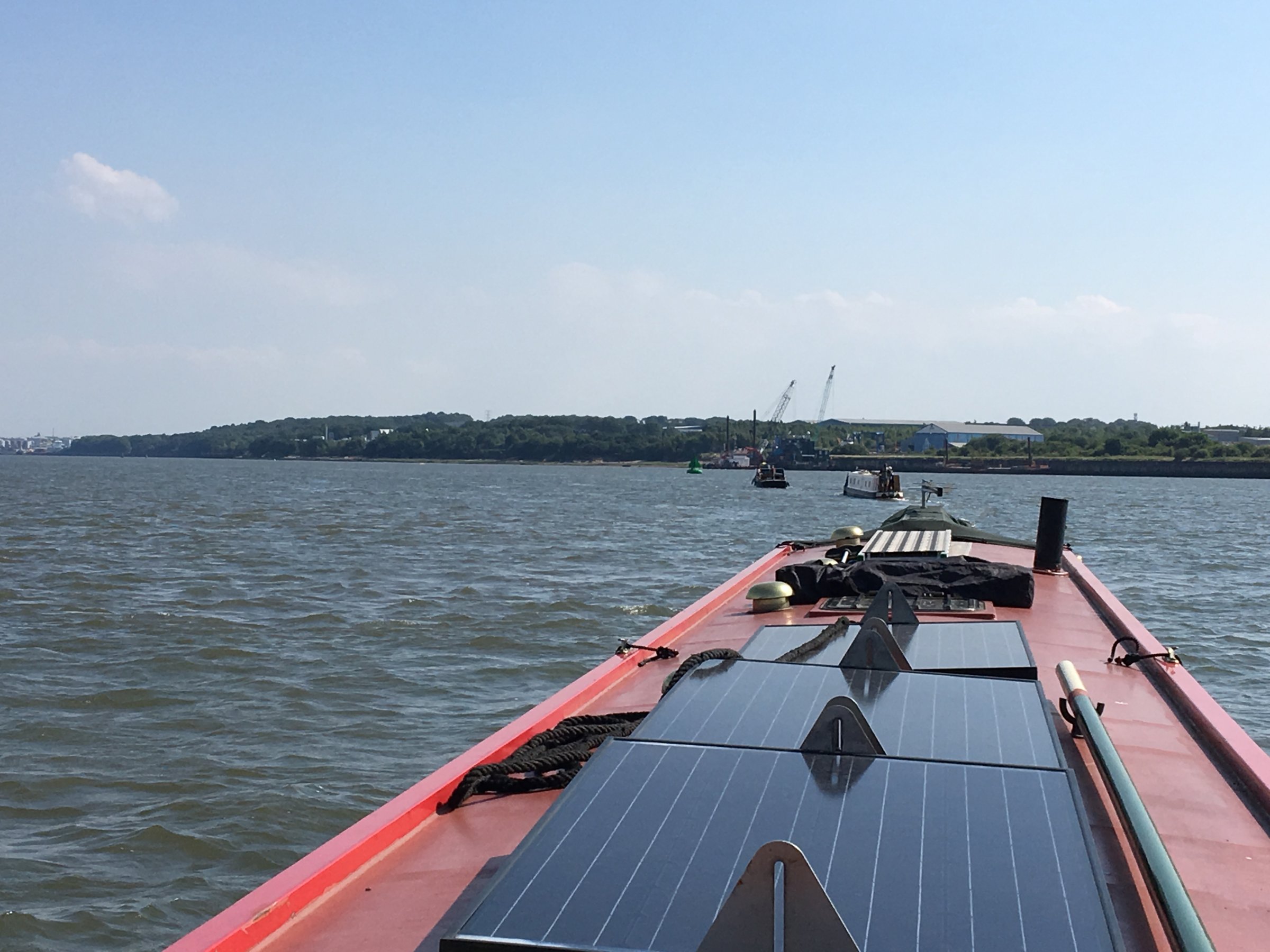
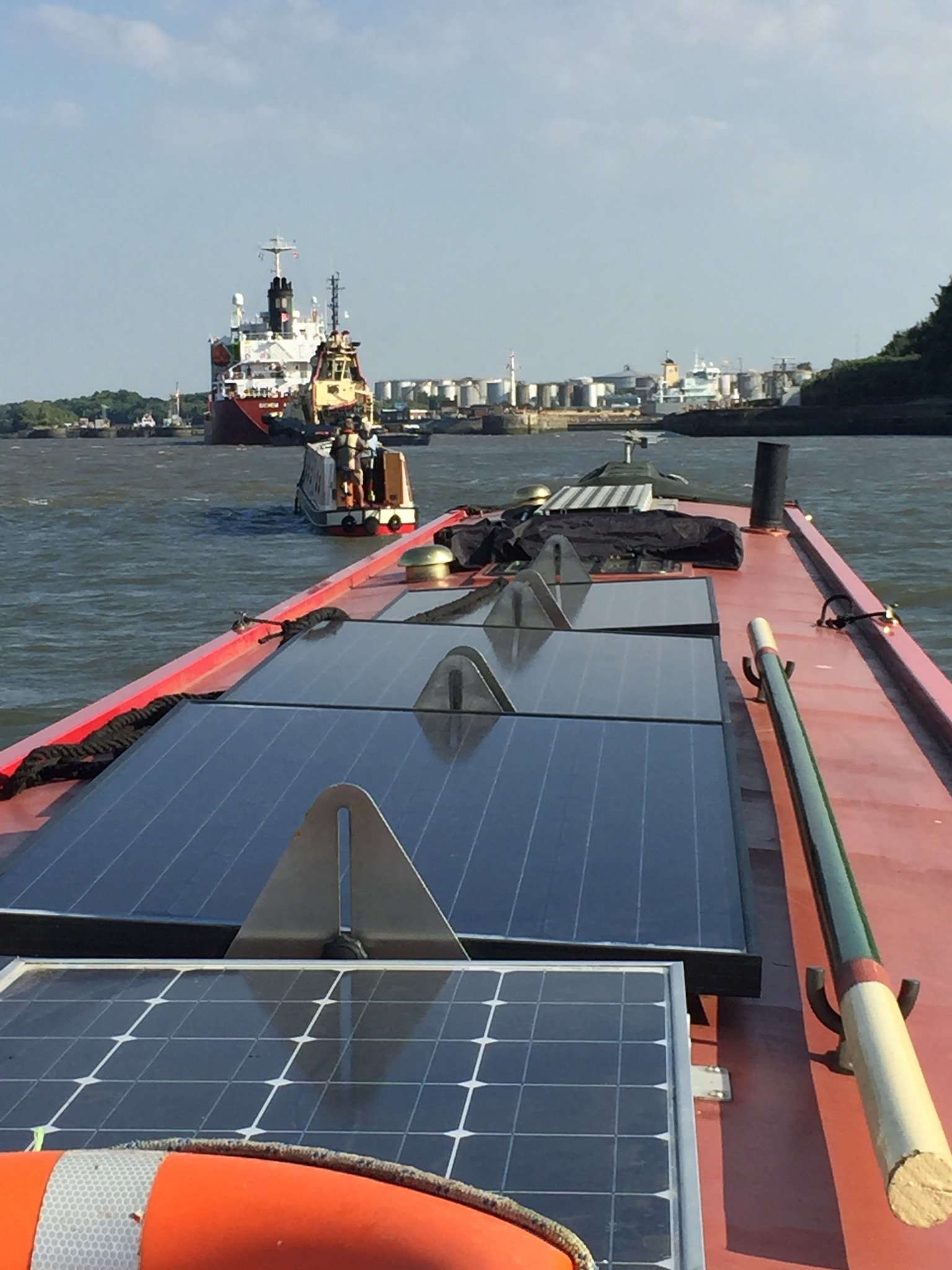
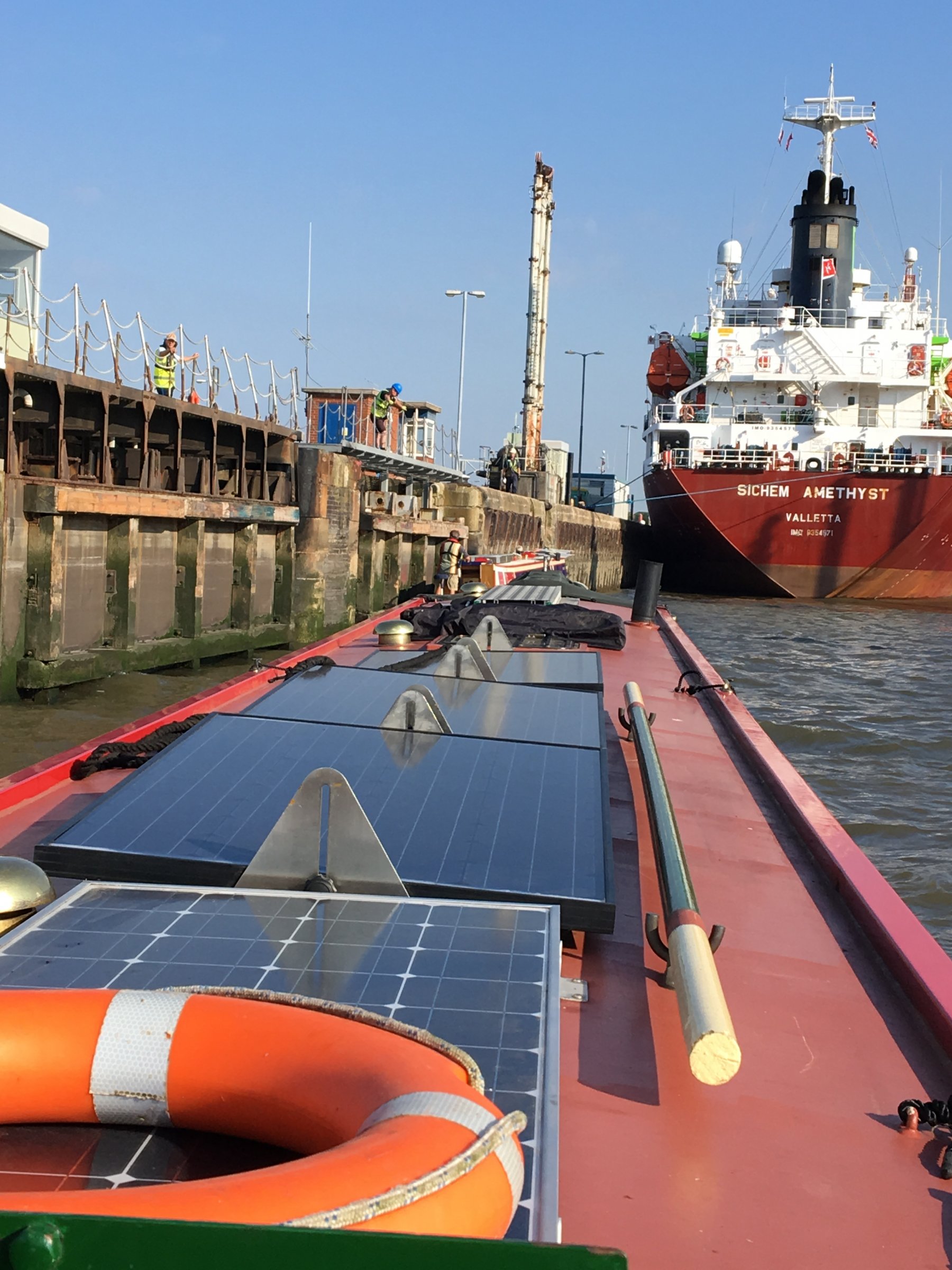

Planar heaters
in Boat Equipment
Posted
It wasn’t very clear what it meant. He made assumptions the heater and exhaust is in the accommodation area. It’s not. Also, it does not leak exhaust gasses